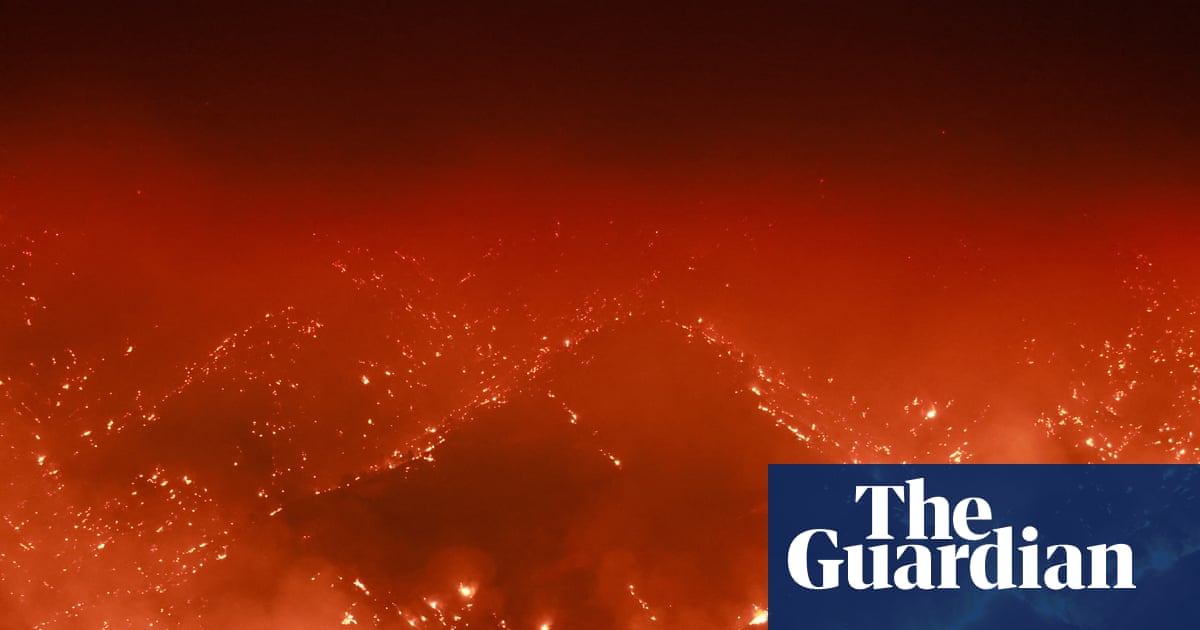
"The climate crisis will continue making lightning-sparked wildfires more frequent for decades to come, which could produce cascading effects and worsen public safety and public health, experts and new research suggest. Lightning-caused fires tend to burn in more remote areas and therefore usually grow into larger fires than human-caused fires. That means a trend toward more lightning-caused fires is also probably making wildfires more deadly by producing more wildfire smoke and helping to drive a surge in air quality issues from coast to coast,"
"Over the last 40 years, thunderstorms and other weather conditions favoring lightning have been happening more often across many parts of the US west, including western Washington, western Oregon, the California Central valley, and higher elevations throughout the Rocky Mountains. This trend isn't just in the US. This year's fire season has been the worst in European history, driven in part by lightning-caused wildfires in Spain."
"Despite the well-documented trend toward worsening fires, most climate models have been too coarse to resolve how the relationship between lightning and wildfires will change as the climate crisis deepens. A new study published last week is the first to use machine learning techniques to tackle this problem, simultaneously looking at future changes in lightning frequency and changes in weather variables like air temperature, humidity, wind and soil moisture that can predict how likely a fire is to spread."
Climate change is increasing conditions that produce lightning-sparked wildfires, raising frequency and cascading public-safety and health risks through greater smoke and air-quality degradation. Lightning-caused fires often ignite in remote areas and typically grow larger than human-caused fires, amplifying deadliness. Thunderstorms and other lightning-favoring weather have increased across the US West over the past 40 years, with parallel extremes in Europe and Canada this year. Traditional climate models lacked resolution to project lightning–fire links. Machine learning analyses that combine projected lightning frequency with temperature, humidity, wind, and soil moisture point toward higher future risk of lightning-caused fires.
Read at www.theguardian.com
Unable to calculate read time
Collection
[
|
...
]